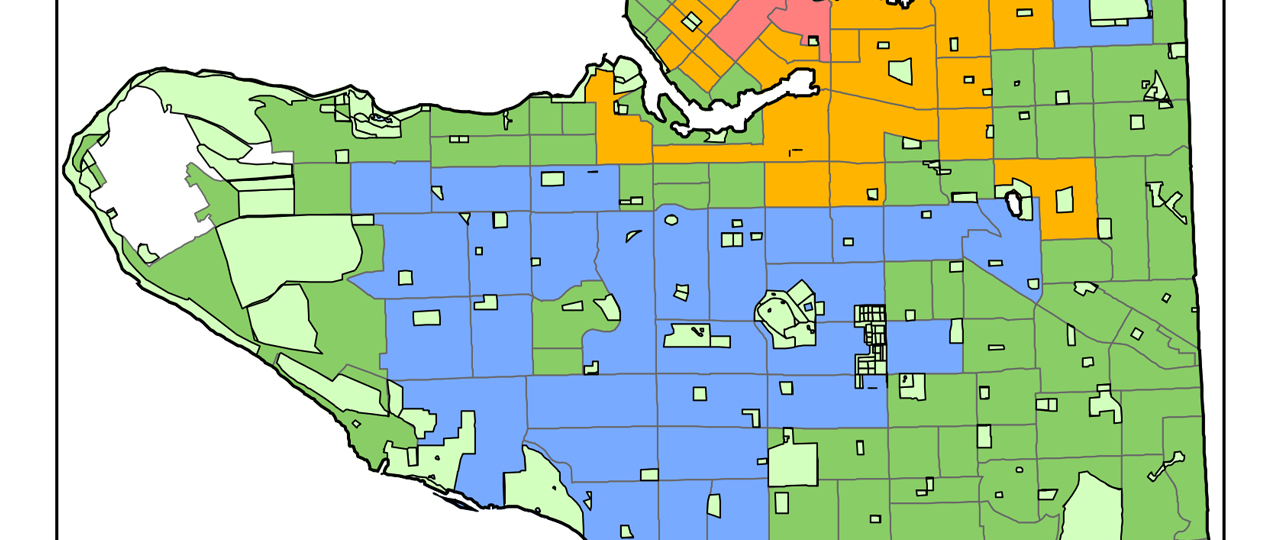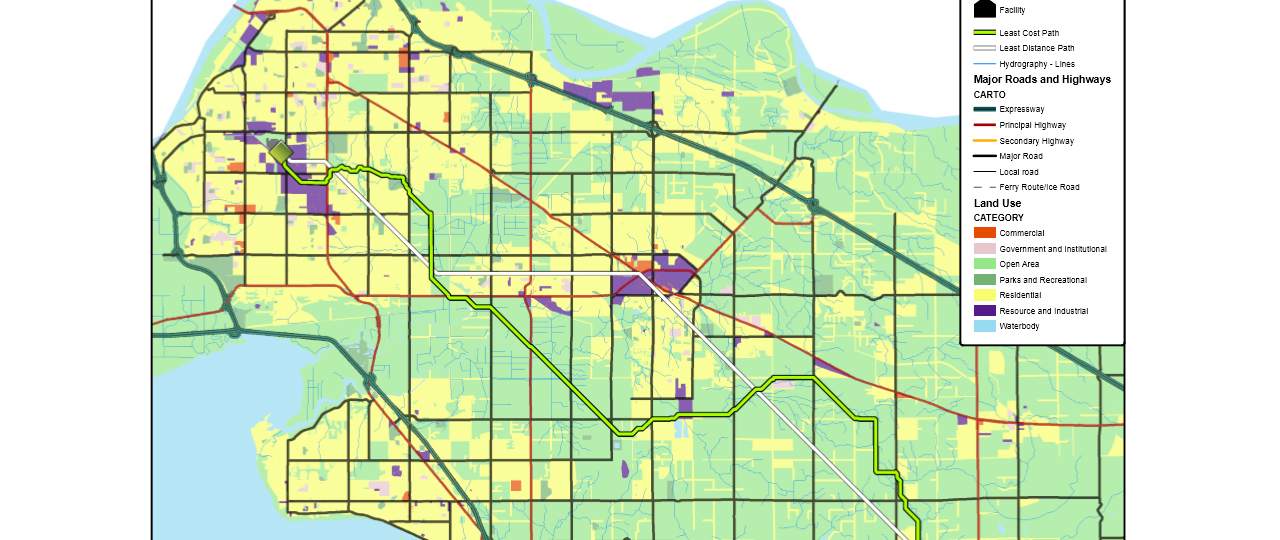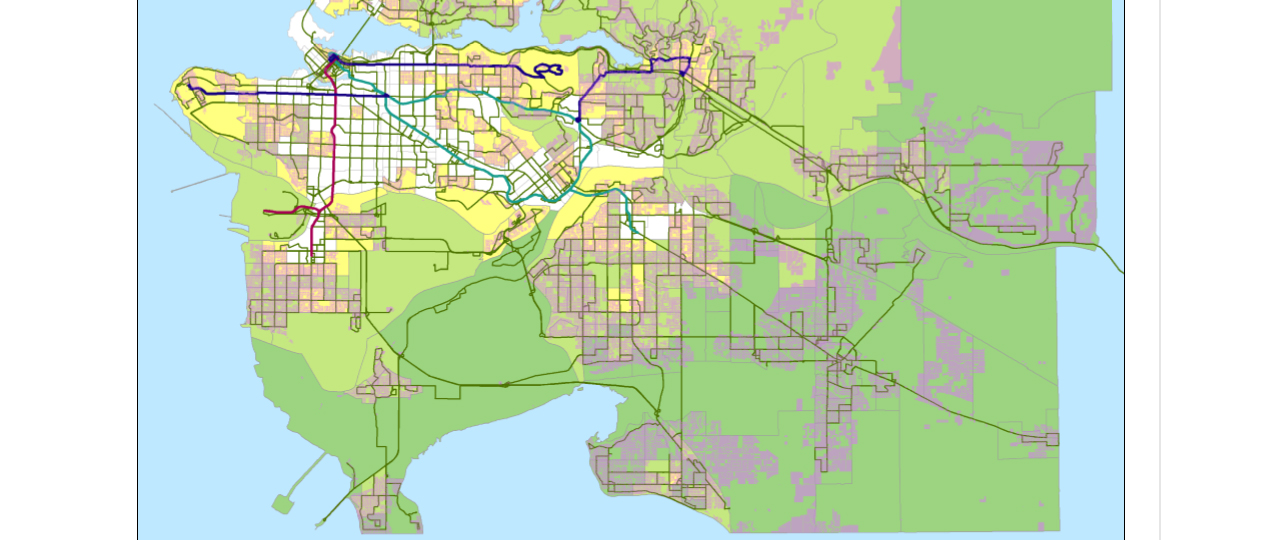Violent Crime in the City of St Louis
Under the theory of risky places as outlined by Kennedy et al in the book Risk-based policing: Evidence-based crime prevention with big data and spatial analytics, the aim of this project was to identify areas of St Louis at risk of violent crimes, as well as identifying potential crime generators. You can find the full project on this website.









